Jogeum (조금)
15.6Km 2021-03-29
62-4, Insadong-gil, Jongno-gu, Seoul
+82-2-725-8400
It is a Japanese-style hot pot rice store. The best menu at this restaurant is Hot Stone Pot Rice. This Korean dishes restaurant is located in Jongno-gu, Seoul.
Dalgaebi (달개비)
15.6Km 2025-05-14
16, Sejong-daero 19-gil, Jung-gu, Seoul
Festival de los Faroles de Loto (연등회)
15.6Km 2025-03-20
Ujeongguk-ro 55, Jongno-gu, Seúl.
02-2011-1744/5/6/7
Esta celebración tradicional budista tiene unos 1.200 años de historia, desde la época del reino de Silla. En los tiempos de la dinastía Goryeo era conocido como Yeon Deung Hoe, mientras que durante la dinastía Joseon se le llamaba Gwandeungnori. Hasta el día de hoy se mantiene esta tradición que ha sido reconocida como Patrimonio Cultural Intangible de la Humanidad por la Unesco. La ciudad y los templos se iluminan con los faroles de loto y hay vistosos festejos, desfiles y actividades.
Ssangdari Gisa Sikdang (쌍다리기사식당)
15.6Km 2021-03-29
4, Seongbuk-ro 23-gil, Seongbuk-gu, Seoul
+82-2-743-0325
As a place where you can eat at affordable prices, it is a restaurant loved by local residents. The best menu at this restaurant is pork bulgogi. This Korean dishes restaurant is located in Seongbuk-gu, Seoul.
Semana de los Hanok Públicos de Seúl (공공한옥주간)
15.6Km 2025-05-15
Gyedong-gil 37, Jongno-gu, Seúl
02-741-1033
Apertura Nocturna de los Hanok Públicos (공공한옥 밤마실)
15.6Km 2025-05-15
Gyedong-gil 37, Jongno-gu, Seúl
02-741-1033
Gwanghwamun Seokgalbi (광화문석갈비)
15.6Km 2021-05-25
136, Sejong-daero, Jung-gu, Seoul
+82-2-318-6288
It is a restaurant frequently used as a place for group dinners by office workers. This restaurant's signature menu is grilled ribs on a hot plate. This Korean dishes restaurant is located in Jung-gu, Seoul.
Laderach SFC (레더라 SFC)
15.6Km 2021-03-29
136, Sejong-daero, Jung-gu, Seoul
+82-2-3789-3245
It is a Swiss chocolate shop. The best menu at this restaurant is chocolate drink. This cafe is located in Jung-gu, Seoul.
Festival de los Faroles de Seúl (서울 빛초롱 축제)
15.6Km 2025-01-14
Seorin-dong, Jongno-gu, Seúl
02-3788-8168
Es un festival internacional de faroles realizado desde el año 2009 en pleno centro de Seúl. Este año, en la edición 2024-2025, habrá unas 200 estructuras iluminadas sobre el arroyo Cheonggyecheon.
Cheongjin Hwarogui (청진화로구이)
15.6Km 2021-03-22
32-12, Jong-ro, 5-gil, Jongno-gu, Seoul
+82-2-735-7008
A store selling Korean beef and pork dishes. The best menu at this restaurant is grilled Korean beef rib eye steak. This Korean dishes restaurant is located in Jongno-gu, Seoul.
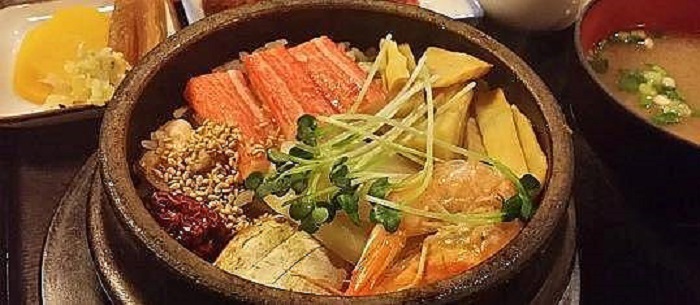

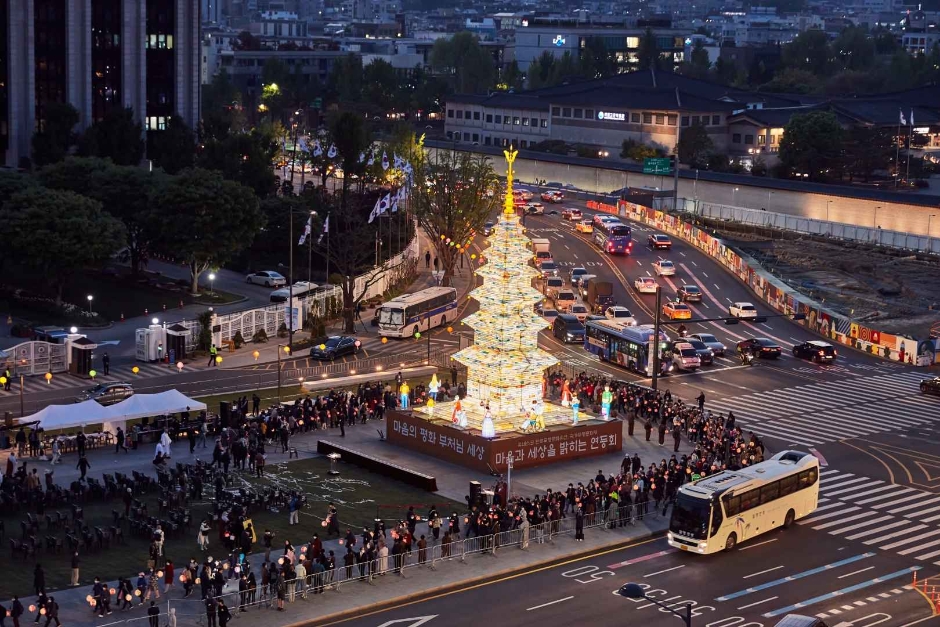
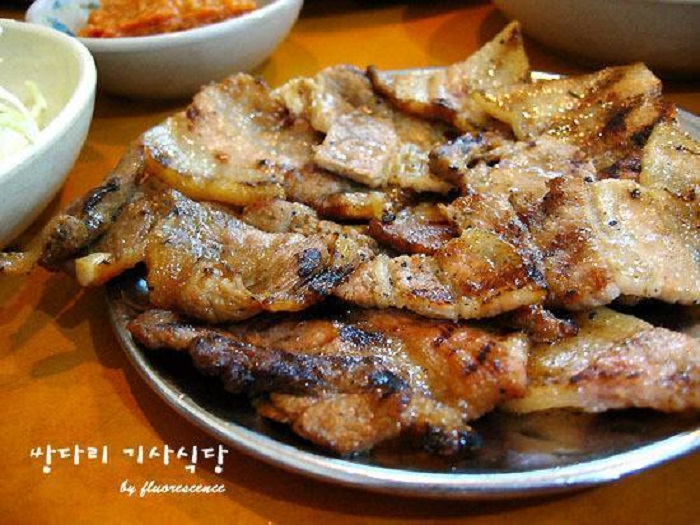
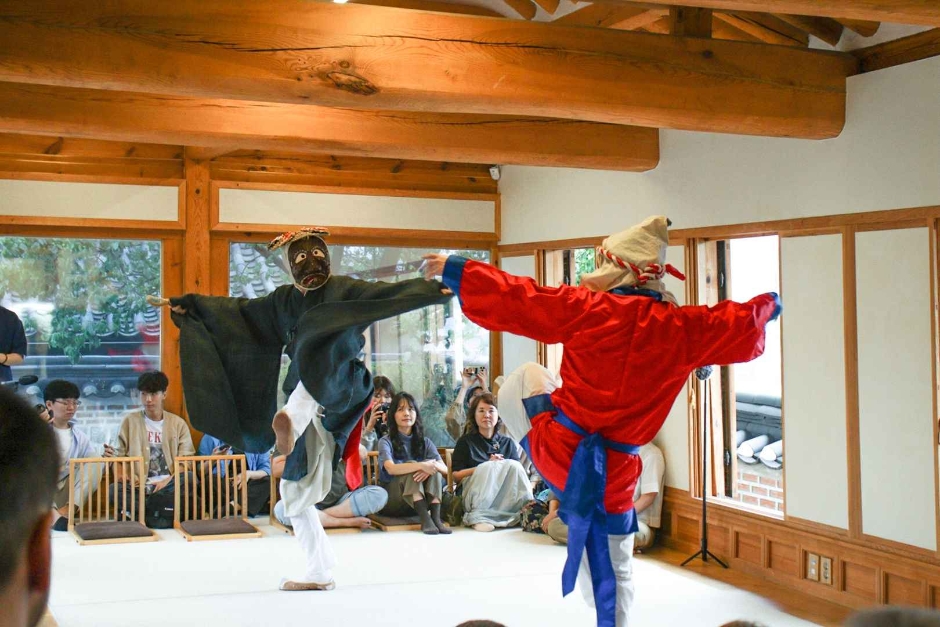
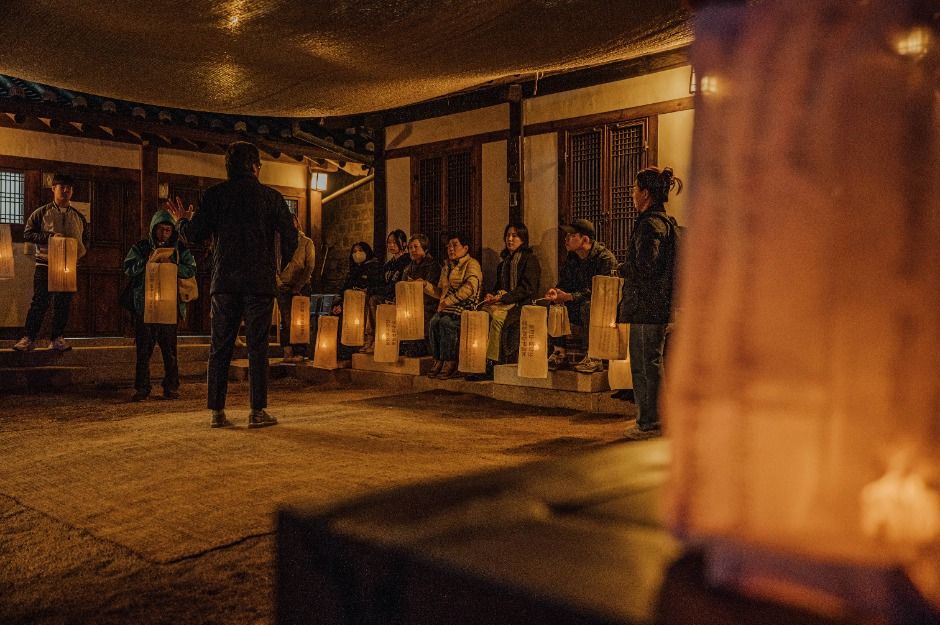
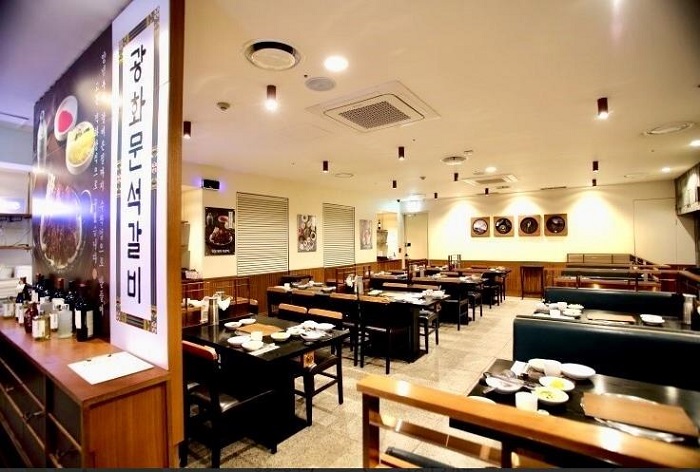
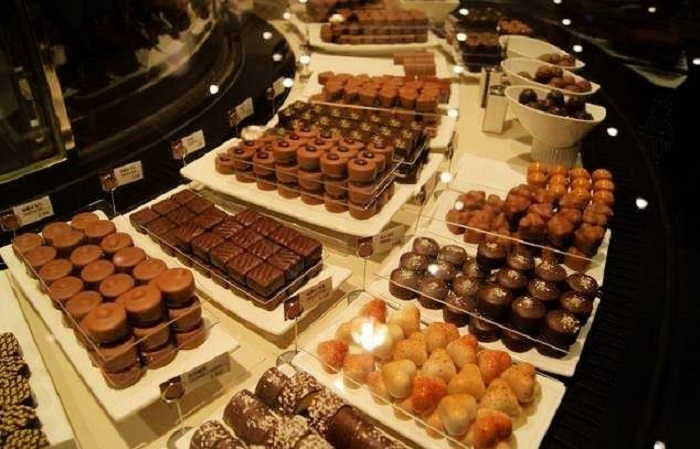
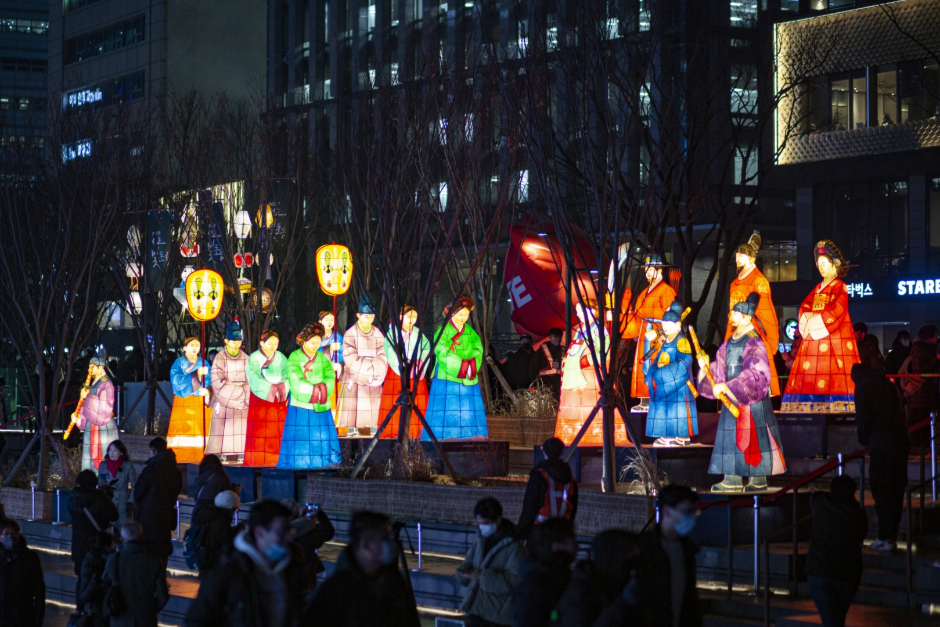
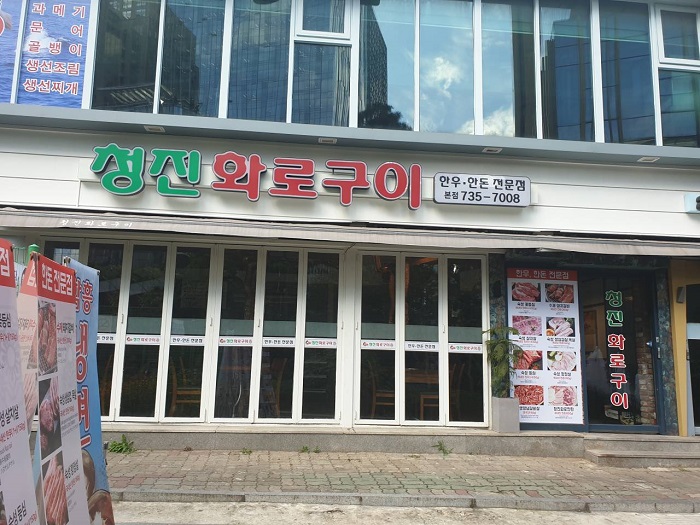
 Español
Español
 한국어
한국어 English
English 日本語
日本語 中文(简体)
中文(简体) Deutsch
Deutsch Français
Français Русский
Русский